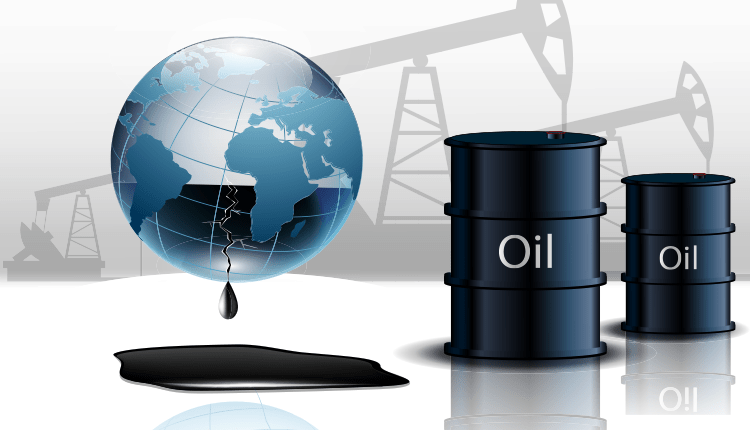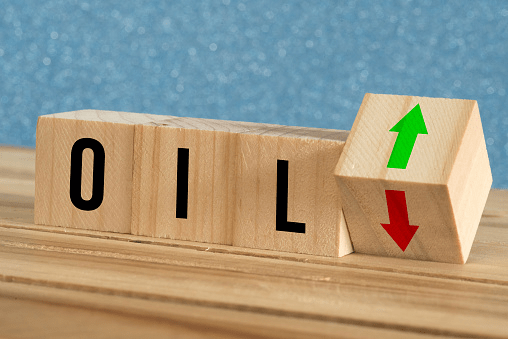There are signs that demand for oil is improving, but it’s too early to tell if we’re close to rebalancing the market.
Fatih Birol, the IEA executive director, said that the cut in production recently announced by major Arab producers in the Persian Gulf was not enough to balance global markets. The price of oil has dropped drastically.
Birol stated that he is pleased Saudi Arabia, the United Arab Emirates, and Kuwait are reducing their production further. Whether it is enough or not, Birol welcomes their action. 
Saudi Arabia reduced oil sales to Asian buyers
South Korea’s oil imports from the United States increased by 32 percent.
There are signs that demand is starting to improve, but it’s too early to tell if the world is approaching a market equilibrium again. Birol says that they are just at the beginning of this path.
The refinery’s activity has been on the rise since June, but the refineries’ profit margins will be low due to a possible increase in crude oil prices. Producers cut their production faster than expected.
The earnings season for Q1 revealed dire figures
Analysts say that the earnings season for the first quarter of 2020 revealed dire figures. The Coronavirus outbreak crushed the business. Still, the worst is yet to come this year.
Almost half of the first quarter, nearly all of January and February, it escaped the recession. The realization of the crisis started to emerge towards the end of April.
Saudi Arabia’s and Russia’s fall out resulted in absolute destruction. Their failure to agree on output cuts needed to address demand drops caused by the Coronavirus pandemic led to a short breakdown of OPEC +.
For almost three weeks in March, the market faced oversupply. On the other hand, demand collapsed as whole economies went into closedowns to curb the spread of the Coronavirus pandemic. Oil failures ended the quarter down by almost 66%.
BP, a multinational oil and gas company, reported a 67% decline in profits. Royal Dutch Shell posted a 46% quarterly drop. Equinor faced a 51% plunge, and ExxonMobil reported a record $610 million loss. Even the oil giant Aramco posted a 25% decline.
However, analysts think that the major hump is in the quarter ahead. The severe pain of the downturn will be felt in the second quarter.
Travel restrictions were still present in April, and demand dropped drastically. Demand expectations for may are similarly dire, and June will at best see a dull uptick.
Moreover, OPEC+ production cut came too late for April and May and might be too small for June.
There has been an average of a 30 percent reduction in the previous year’s budget for international oil companies. Spending decreases were above $60 billion.
Spreading the net wider, based on the latest financials of the 20 biggest international oil companies by market capitalization filed in recent weeks, there has been an average 30% reduction on the previous year’s budget and spending curtailments above $60 billion.
The first quarter financials proved that oil sees no short term relief for the demand slump. The second quarter records are likely to provide ample evidence of that.
















